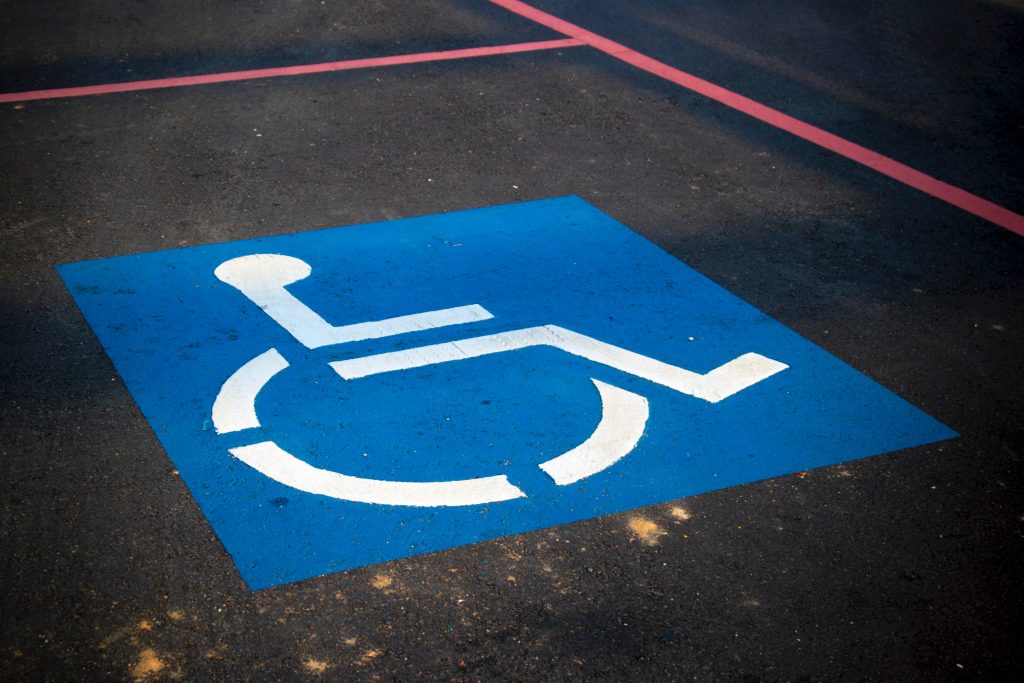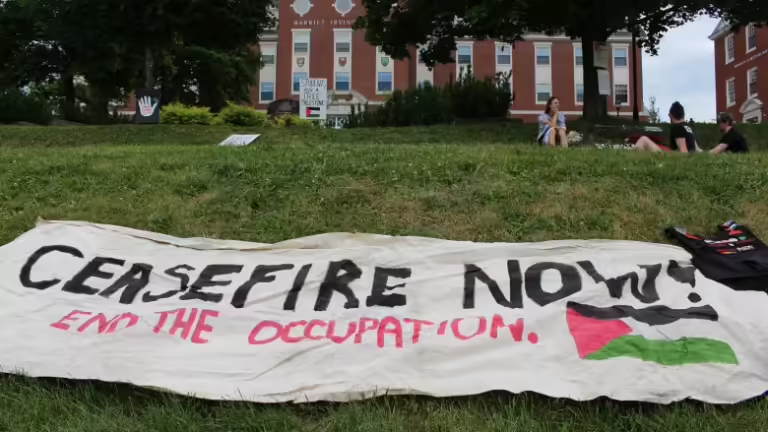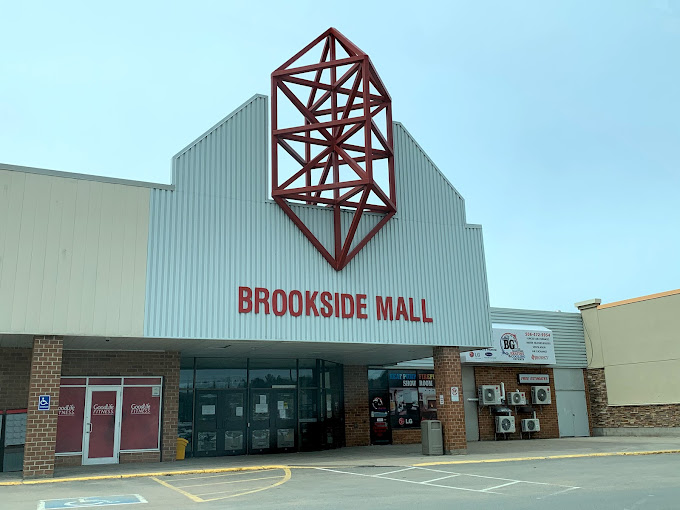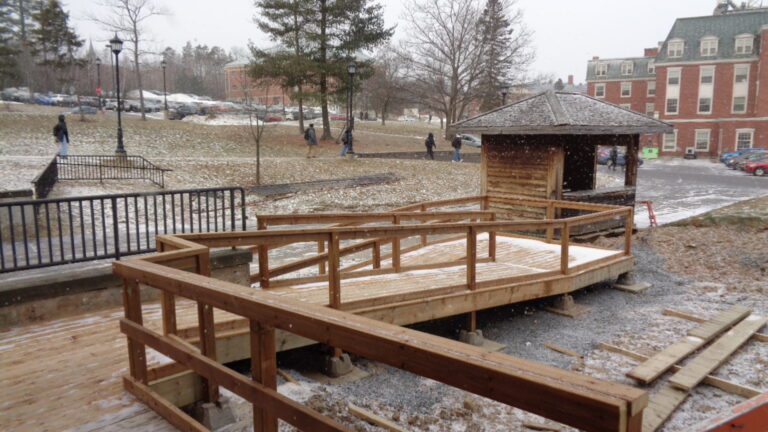Unique challenges at the UNB Fredericton campus lead to accessibility issues for students with disabilities or injuries, and many feel the university has not doing enough to accomodate.
The university has been consistently updating its infrastructure to be more physically accessible. Newly renovated Tibbits residence opened this year with elevator access to every floor and three new accessible rooms. Similar renovations are currently being done to Lady Dunn, and will be done to Joy-Kidd next academic year.
Recently, UNB building Marshall D’Avray Hall was updated to include a new accessible washroom. It is situated down the hall from the Student Accessibility Centre.
UNB faces fairly unique challenges when it comes to accessibility. As the university is built on a hill, simply walking around campus can be practically inaccessible. Though the university has made universal design and accessibility a priority for future renovations, the incline of campus likely deters many disabled students from applying.
Only 42 out of the 72 buildings on Fredericton campus have accessible entrances. This means those with wheelchairs and mobility issues cannot access over 40 percent of campus. To make matters worse, only 29 of those buildings have elevator access and 37 buildings have accessible washrooms.
Most residences are not accessible at all. Elizabeth Parr-Johnston, Joy Kidd, Lady Dunn Hall, and Tibbits are the only residences which have accessible entrances, elevator access, and accessible washrooms. Though students with disabilities are given residence placements that fit their accessibility needs, there are issues with students who sustain injuries during the school year.
First-year student Sophia Mckee injured her knee on the Renaissance College Orientation camping trip. She moved into her residence room on third floor Neville-Jones wearing a full leg brace. Mckee explains that one of the worst parts of her experience in residence was the lack of knowledge of the situation.
“A lot of people didn’t know what to do,” she said. “I didn’t know what to do.”
When asked if she had contacted Student Accessibility services, Mckee said she didn’t know that resource existed. C.C. Jones Health centre and her academic advisor were the main supports for Mckee. They helped her receive a bursary for money to use for transportation, as well as coordinating drives with fellow students, taxis, and buses, as most of her classes were off-campus at Renaissance College.
Fifth-year student Chiara MacPherson also sustained an injury during her time at UNB. She deals with severe symptoms resulting from two concussions over the past two years. A large part of her accessibility issues concerns coping with headaches, brought on mostly by noise and lighting. MacPherson’s situation draws attention to the fact that accessibility on campus and in class goes beyond accessible entrances and washrooms.
She points out that even the lighting used in UNB buildings affects her negatively. Warmer, softer lighting helps with her headaches, but most lighting used at the university is fluorescent lighting, which is colder and bright.
“I would love to see the university get better lighting,” she said. “It’s blue light that messes with your eyes, that messes with your head. It’s not great for a normal person, and it’s terrible for someone who has a brain injury.”
Often, accessibility is only thought of in terms of mobility and physical disabilities such as those involving wheelchairs or other mobility devices. This poses a problem, as disability is a wide spectrum and accessibility involves many things.
The student Accessibility centre at UNB serves a wide range of disabilities, including learning disabilities, physical disabilities, chronic health conditions, mental health conditions, hard of hearing/deafness, and blind or partially sighted.
However, the campus has yet to truly fulfill the accessibility needs of students and employees.
Until the day UNB becomes a universally accessible campus, for any issues regarding disability and accessibility, you can contact the Student Accessibility Centre, C.C. Jones Health Centre, or Human Resources in the case of employment issues.




